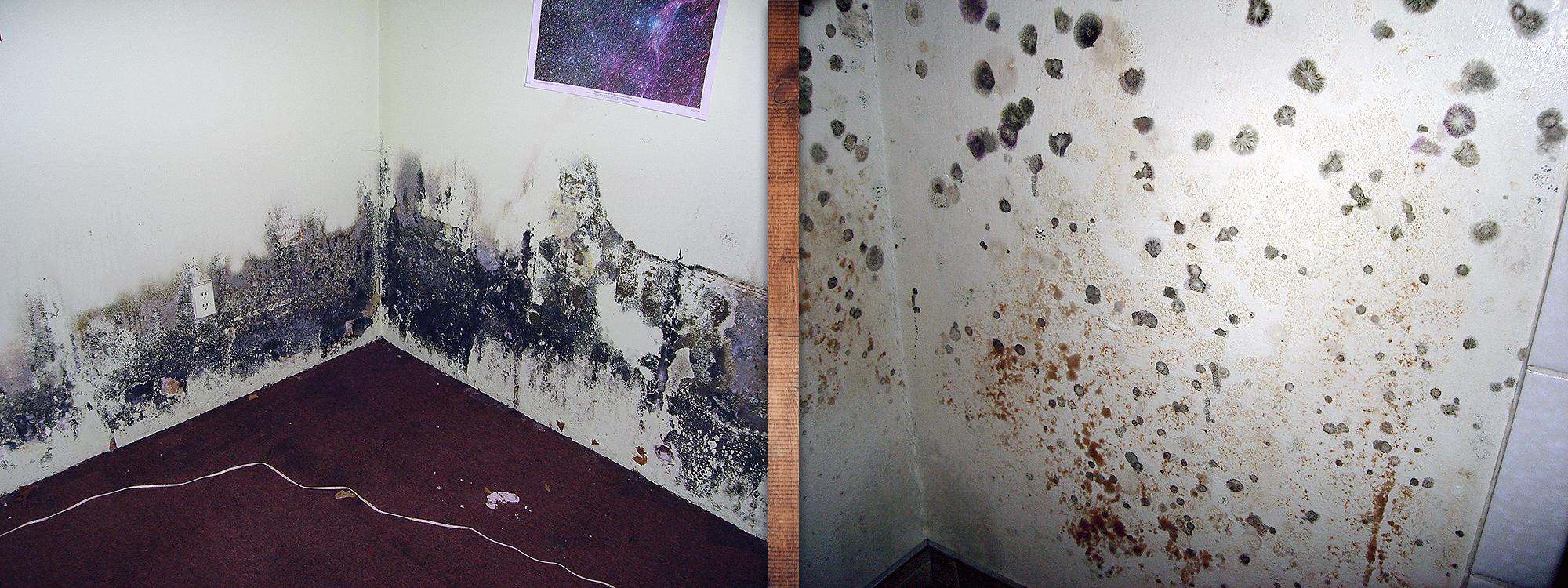
The 1920s kitchen style was simple and minimalistic with very little ornamentation. The walls were painted light colors and the surfaces were easy to wipe clean. The floors were easy-to-clean and linoleum. The flooring was often patterned using squares or checkers. Many surfaces were coated with porcelain enamel. This kitchen looks great, no matter what style you prefer. Here are some tips to help you create the perfect look.
The cabinetry is the most important part of any classic kitchen design. Cabinet doors with exposed hinges and inset cabinets are typical for the time. Appliances such as a refrigerator and dishwasher were housed in custom cabinets. Vintage charm is added by period details like molding and glass door knobs. A new countertop will make the room feel even larger. Once you've selected a countertop, it is time to decide on the colors of the remainder of the room. The right color for the kitchen will set the tone for the rest of the house.

The style of 1920s kitchens was practical yet beautiful. It was very popular to use black and white tile floors with enamel cabinets. The design of the all-in one cabinet was popular. It complemented the sleek appliances perfectly. The kitchen was much more efficient with electric dishwashing and multi-burner stoves. The kitchen would look stylish and comfortable with all the appliances that were made available in the 1920s.
The style of a kitchen has evolved since its inception. In the past, kitchens were functional rooms for chefs and cooks. Today, the kitchen can be used as a cooking area for housewives or servant-less Americans. The kitchen has changed with the times and is now functional and stylish. The room was made more inviting by the use of bright colors. The time was also reflected in the color scheme.
The style of the kitchen has changed significantly over the years. Modern kitchens are often functional and minimalist, but they can also be beautiful. Kitchens in the 1920s reflected a feminine design. Modern design tends to be larger with more storage and open spaces. A smaller kitchen with a parquet floor, white tile counters and a compact layout was more efficient than a traditional one.

Many of the characteristics found in modern kitchens are similar to those of 1920s kitchens. The kitchen features a large island as well as a long and narrow countertop. The cabinets are constructed with heavy wood, wrought iron and stainless steel. A vintage bathroom will have small sinks, while a contemporary bathroom will have one that is larger and narrower. Furniture and accessories often reflect the colors of the 1920s.
FAQ
What should I consider when buying a new home?
You should ensure that you have sufficient funds to cover the closing costs of your new home before purchasing it. Refinancing your loan is an option if cash is tight.
Are there ways to save money on home renovations?
Doing the majority of the work yourself can help you save money. You could, for example, try to reduce the number of people involved in the renovation. You could also try to find ways to reduce the cost of materials used in the renovation process.
Is it more expensive to remodel an existing house than to build one new?
Two options are available to those who want to build a home. One option is to buy a pre-built home. These homes are ready to be moved into and have already been built. You also have the option to build your home from scratch. This option will require you to hire a builder in order to design and build your dream house.
It all depends on how much you spend designing and planning the home. Custom homes may take more work as you'll need to complete most of it yourself. But you still have control over the materials you choose and how they are placed. It might be simpler to find a contractor specializing in building custom homes.
A new home is typically more expensive than one that has been renovated. Because you will need to pay more money for the land and any improvements made to the property, this is why a new home is usually more expensive. Permits and inspections are also required. On average, the price difference for a new or remodeled property is between $10,000 and $20,000
Do you prefer to hire a general contractor, or a subcontractor for your project?
It is more expensive to hire a general contractor than to subcontract. A general contractor often has many workers, which means they can charge their clients more for labor. A subcontractor, on the other hand, only hires one worker, and charges less per hour.
Statistics
- They'll usually lend up to 90% of your home's "as-completed" value, but no more than $424,100 in most locales or $636,150 in high-cost areas. (kiplinger.com)
- It is advisable, however, to have a contingency of 10–20 per cent to allow for the unexpected expenses that can arise when renovating older homes. (realhomes.com)
- On jumbo loans of more than $636,150, you'll be able to borrow up to 80% of the home's completed value. (kiplinger.com)
- Design-builders may ask for a down payment of up to 25% or 33% of the job cost, says the NARI. (kiplinger.com)
- ‘The potential added value of a loft conversion, which could create an extra bedroom and ensuite, could be as much as 20 per cent and 15 per cent for a garage conversion.' (realhomes.com)
External Links
How To
5 Things You MUST Know Before Starting Your Home Renovation
-
Are you sure that this is something you want to do? If you're planning on embarking on major home improvement projects like renovating your kitchen, bathroom, or building a brand new house, it's certain that you'll need to have some assistance. But if you don't feel confident enough to tackle such a large task alone, then you might want to reconsider doing so. It can take up your time and cost you money. You won't reap the benefits. Hire someone who knows the ropes to help you. They will help you save time and stress and still give you a beautiful home to live in.
-
How much should I spend? - This one might seem obvious, but spending too much on a renovation project could actually make matters worse. You'll likely have to repay most of your costs at the end. Stick to your budget if you have one! A lack of a budget could mean that you end up spending a fortune and getting nothing in return.
-
Do I prefer to hire professionals or DIY? - There is no right or incorrect answer. However, we recommend hiring professional tradespeople when you can afford them. They can give you sound advice about how to proceed with your project. They can install the plumbing correctly and make sure that it is done safely. DIY projects require lots of trial and errors, which can mean you'll have many lessons to learn. You will also need to deal with the many issues that arise during the process.
-
How much can I afford it? Do not underestimate the costs of a renovation. Even if you think you can manage it on your own, you might find that you need to borrow money from friends and family just to cover the bills. You should also consider the cost of selling your property if you plan to move soon after the renovations are completed.
-
Where should I begin? There's no right or incorrect place when it comes down to where to start. We recommend that you pick something that you are passionate about. If you enjoy what you do, you will be more motivated to continue working and less likely procrastinate. Avoid areas that require constant maintenance. If you have to deal with dirt and dust, don't try to redecorate the living room.